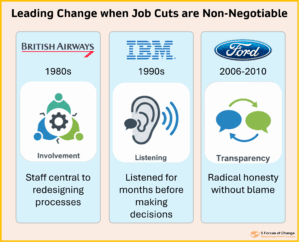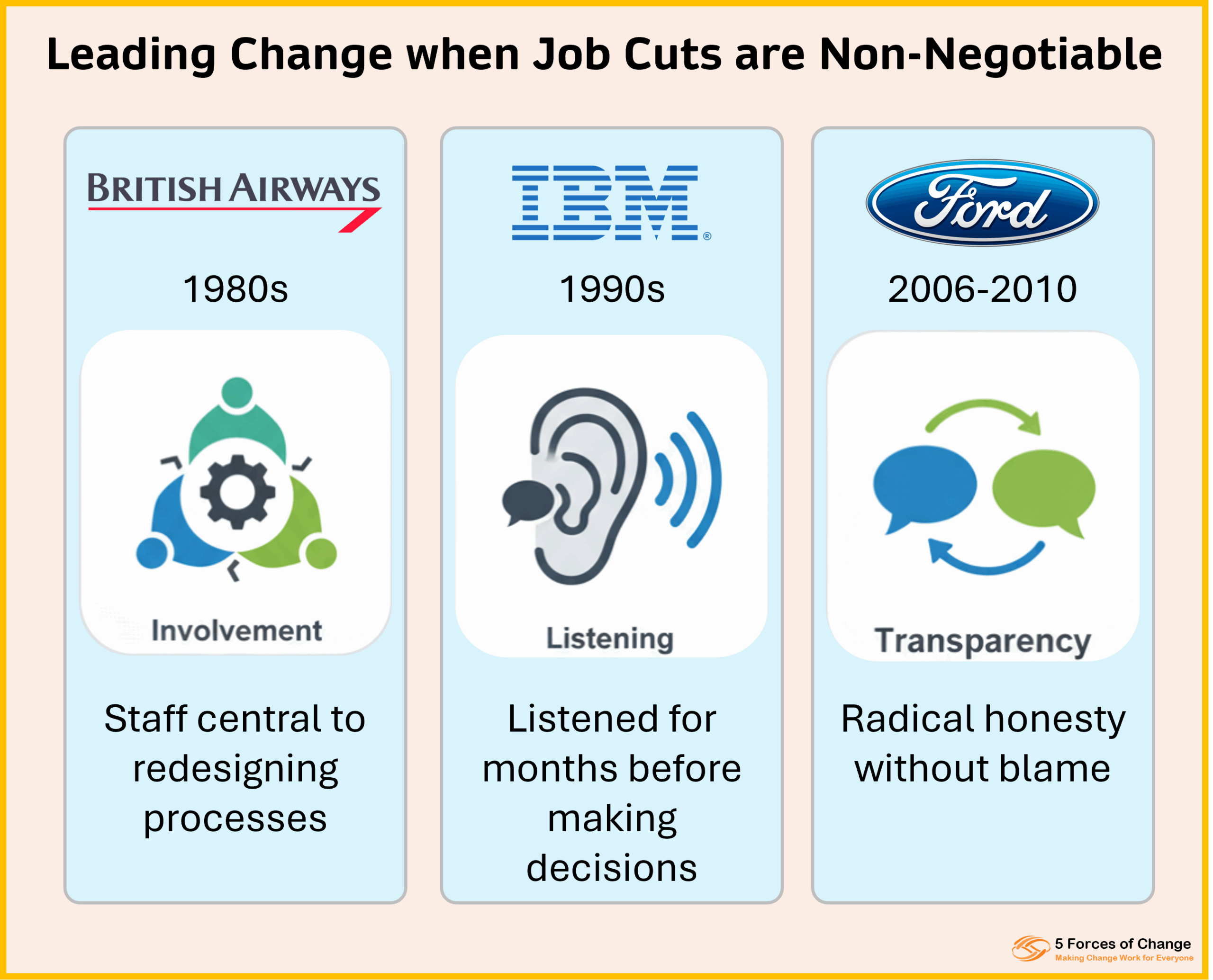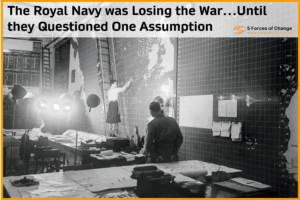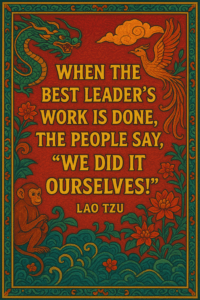Every leader dreads the moment when organisational survival demands workforce reductions. The numbers don’t work. The market has shifted. The business model needs fundamental restructuring. Whatever the reason, the conclusion is unavoidable: people will lose their jobs. Leading Change When Job Cuts are Non-Negotiable…
In these moments, leadership matters more than ever. The question isn’t whether the change will be difficult – it will be. The question is whether poor leadership will make it catastrophically worse, or whether courageous, human-centred leadership can help people navigate one of the most challenging experiences in working life.
History offers compelling evidence that even the most painful organisational changes can be managed in ways that preserve trust, maintain dignity, and even increase engagement among those who remain. Three historic turnarounds demonstrate what’s possible when leaders get it right.
British Airways: Dignity in Transition
In the 1980s, British Airways had earned an unflattering nickname: “Bloody Awful.” The airline was inefficient, unprofitable, and facing privatis ation that would require deep cuts and fundamental cultural change.
ation that would require deep cuts and fundamental cultural change.
Leadership made a critical decision: they would be honest early about the reality of job losses rather than letting rumours and uncertainty poison the organisation. They provided generous severance packages and invested in outplacement support for departing employees. But they also did something more: they made remaining employees central to the turnaround story.
Programs like “Putting People First” invested heavily in training and development. Crucially, staff were involved in redesigning processes and reimagining what BA could become. People weren’t just told what was changing; they were asked to help figure out how to change it.
The result was a transformation that turned “Bloody Awful” into a profitable, respected airline. Employees who could have been demoralised by the cuts instead felt they were part of building something better.
IBM: The Power of Listening First
When Lou Gerstner became CEO of IBM in 1993, the company was facing potential collapse. The once-dominant technology giant was haemorrhaging money and widely expected to be broken up. Massive restructuring was inevitable, and everyone knew it would mean significant job losses.
What Gerstner did next was unexpected. Rather than immediately imposing a turnaround plan from the top, he spent his first months systematically listening to employees at all levels of the organisation. He asked questions, sought to understand the culture, and gathered insights about what was really happening inside IBM.
When the difficult decisions came – and thousands of people did lose their jobs – the approach made a profound difference. Gerstner was brutally honest about the challenges facing IBM and involved employees in identifying solutions. The transparency meant that remaining staff understood why changes were necessary and felt they had a stake in the company’s future. Perhaps most remarkably, many departing employees became advocates for IBM, understanding that the changes, while painful for them personally, were necessary for the company’s survival.
Ford: Transparency Without Blame
When Alan Mulally became CEO of Ford in 2006, the company was in crisis. Plant closures were inevitable. Job cuts couldn’t be avoided. The automotive industry was in turmoil, and Ford was burning through cash at an alarming rate.
Mulally introduced a revolutionary approach: radical transparency. He established weekly Business Plan Review meetings where executives were expected to honestly report on their areas—including problems and setbacks. In a culture where admitting problems had traditionally been career suicide, Mulally rewarded honesty and created an environment where issues could be raised without blame.
This transparency cascaded through the organisation. People understood exactly how dire Ford’s situation was. They knew the changes were necessary. And because Mulally was consistently visible, accessible, and honest, they felt informed and respected rather than manipulated or kept in the dark.
The remarkable outcome: despite painful cuts, employee engagement actually improved. People would rather face hard truths than be left uncertain about their future.
The Common Thread
These three examples, spanning different industries and decades, reveal a consistent pattern. Leaders who successfully navigate necessary job cuts do several things differently. They:
- communicate early and honestly about the reality facing the organisation. They don’t sugarcoat or delay difficult conversations in the hope that somehow things will improve.
- genuinely involve employees in finding solutions. People aren’t just told what will happen; they’re asked to contribute to how it happens.
- treat departing employees with dignity. Generous severance, outplacement support, and honest explanations show respect for people’s contributions, even as their roles disappear.
- paint a clear vision for why change is necessary. People can accept difficult decisions when they understand the reasoning and see the alternative is worse.
- show up consistently and listen. Visible, accessible leadership matters enormously when people are anxious and uncertain.
- acknowledge the difficulty instead of pretending it isn’t hard. Authentic recognition of pain builds more trust than false optimism.
The deepest lesson from these turnarounds is this: people can handle bad news far better than they can handle uncertainty, deception, or feeling powerless.
Job cuts will never be easy. People will be hurt. Families will face disruption. These are real costs that shouldn’t be minimised. But leadership that combines honesty, involvement, and humanity can transform how people experience even the hardest transitions.
The choice facing leaders isn’t between easy and difficult. It’s between difficult and catastrophic. Courage and compassion determine which path you take.








